The project is situated in Vuissens, a secluded village in the canton of Fribourg, which has managed to maintain its rural charm. The goal is to create a single-family house within a neighborhood of standard villas. However, such projects are becoming increasingly uncommon in Switzerland due to limited building plots and environmental concerns in land use planning. The site itself represents the last available land in the area, positioned right in front of a mysterious forest. The challenge is to design a project that complements the existing conventional villas, embraces the allure of the adjacent forest, and maximizes the potential of this program before it becomes obsolete.
Deschenaux Architectes House between townhouses

197917060002 001
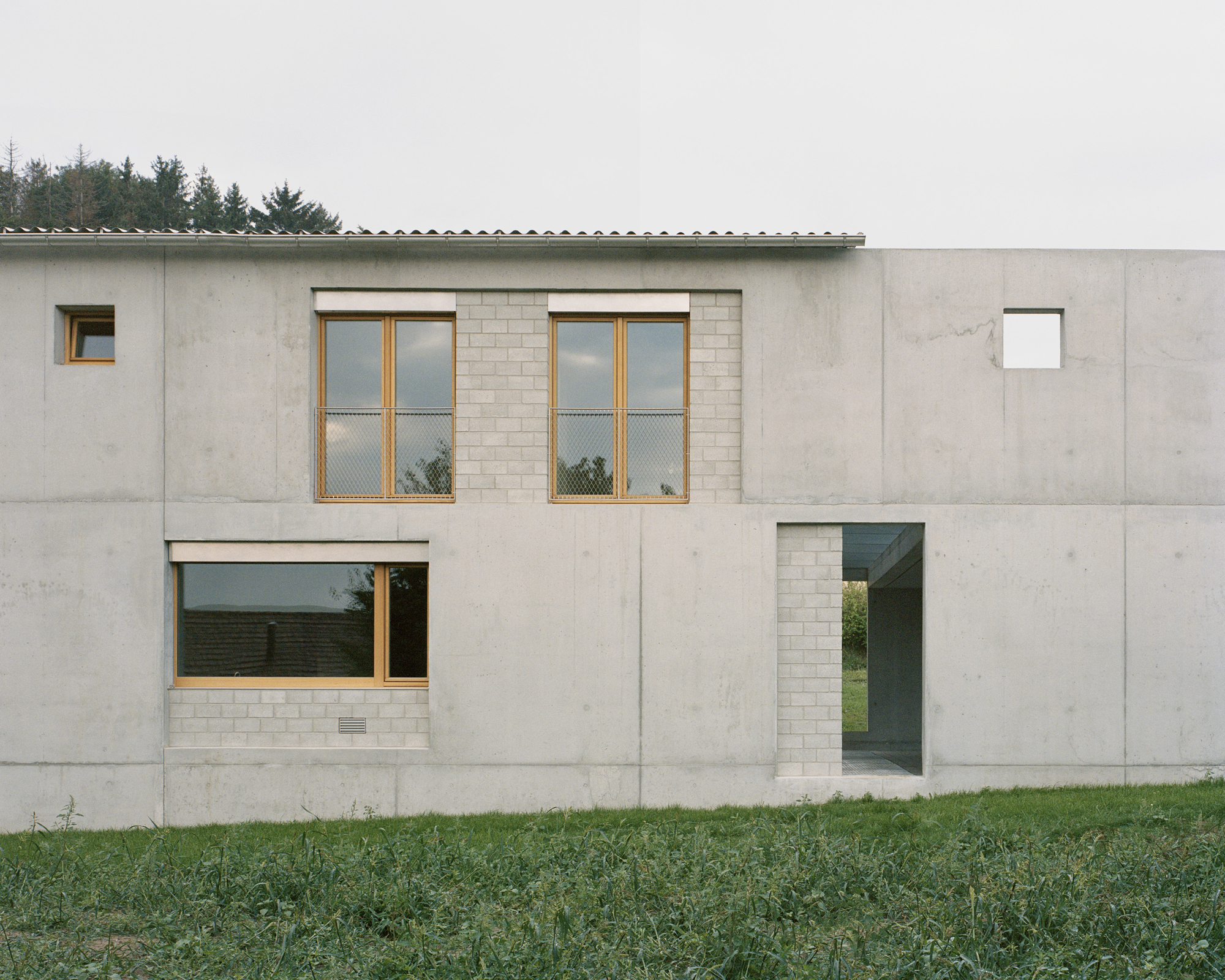
rory 005

197916980003 001
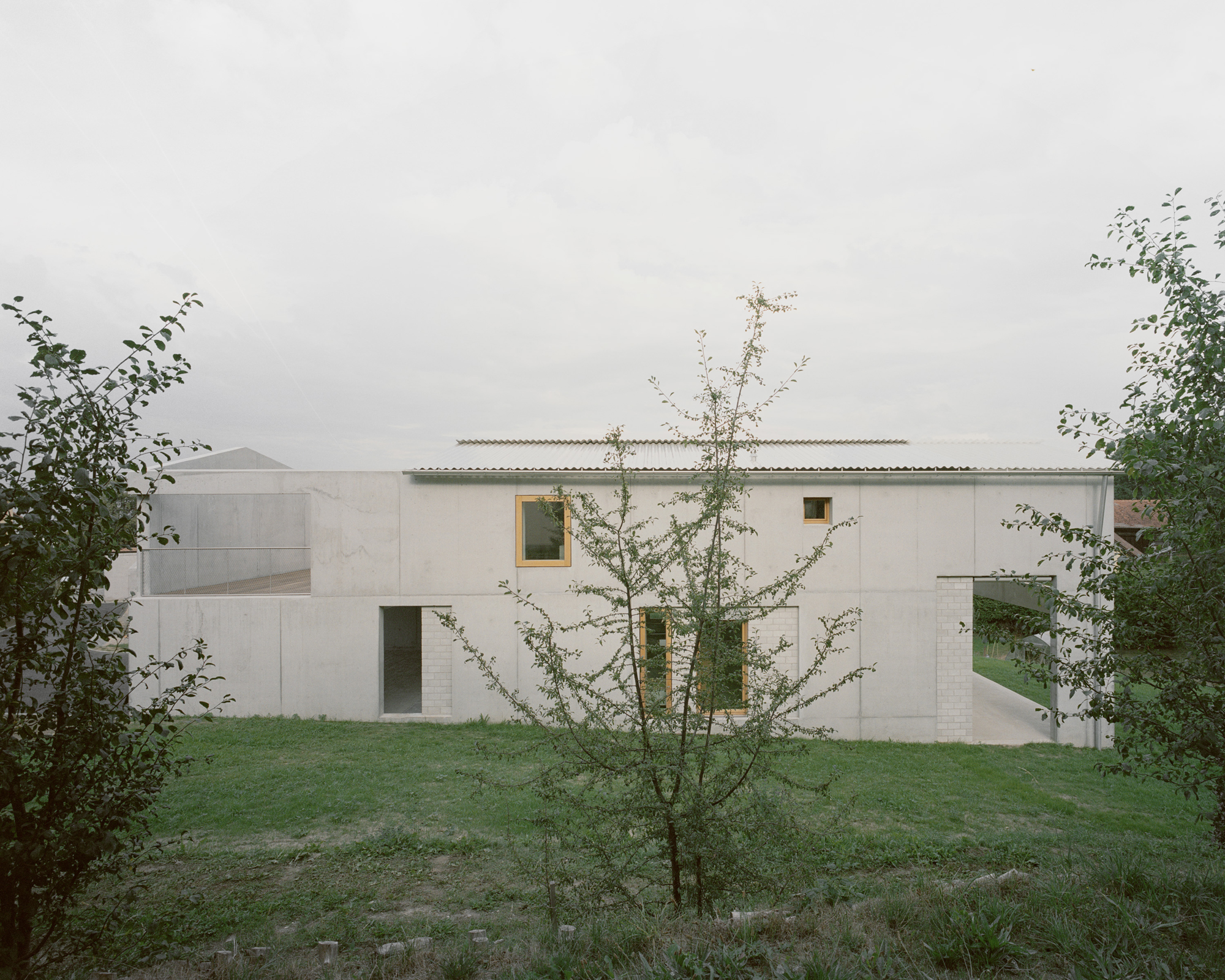
197916990010 001
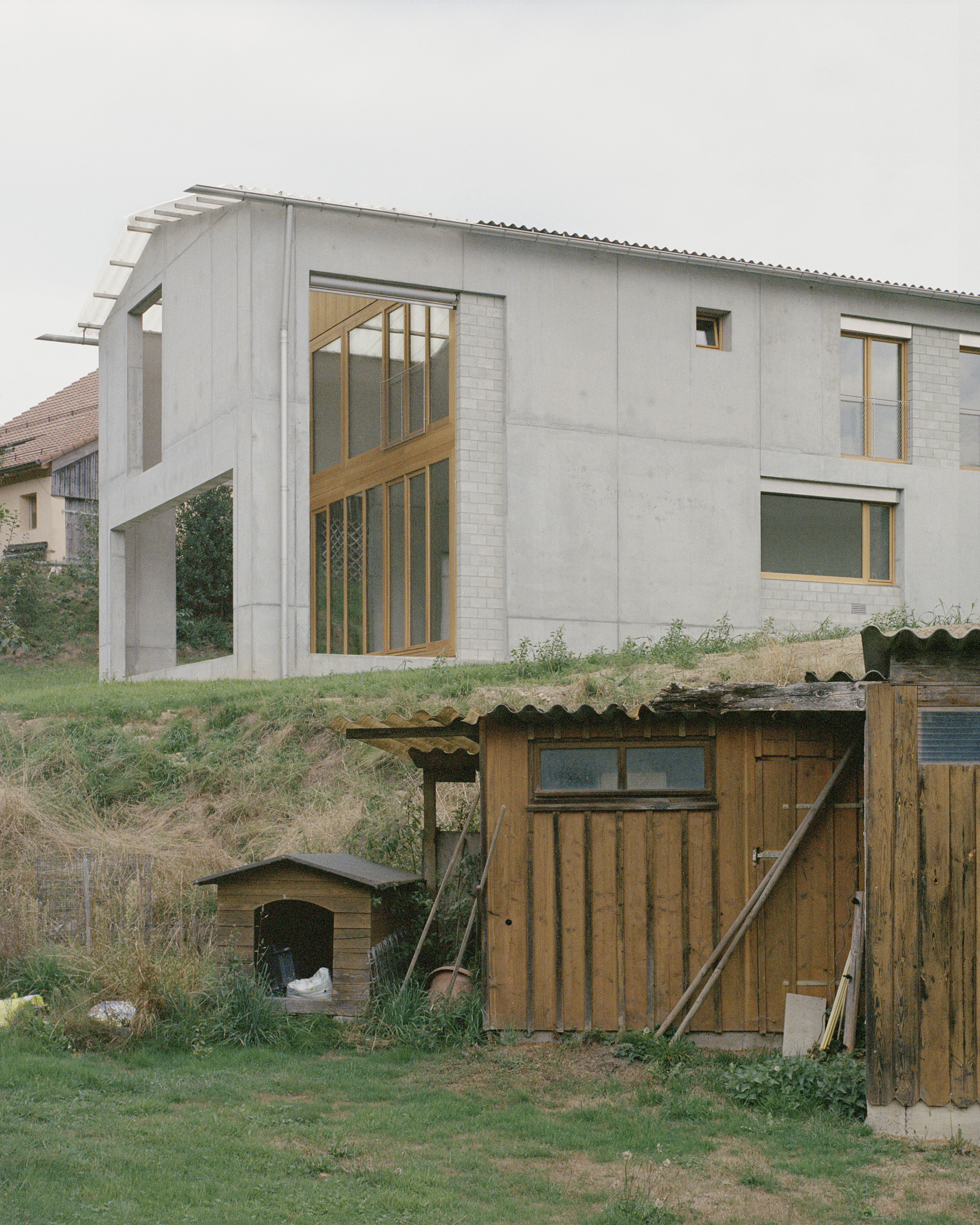
197916990002 001

197916970002 001
The house is situated lengthwise and thoughtfully oriented to break free from the parcel boundaries. It is drawn toward the forest, which plays a significant role in shaping the project. Following the natural slight slope of the land, the house gracefully extends towards the trees.
Upon arriving at the house, you are immediately struck by the substantial concrete wall. Simultaneously, you discover the entrance, which is illuminated by a strip of light behind the dark garage. Inside, the small entrance hall leads to a visitor’s bathroom, stairs to the basement, and stairs to the upper floor. Descending two steps, you reach the kitchen, which is thoughtfully integrated into the natural topography. The main living room expands in height and width, drawing your attention to the enchanting forest through a full-width patio door. This room is immersed in a green ambiance, thanks to the floor-to-ceiling glazing, with thick vertical frames that echo the tree trunks in the background. The spatial journey culminates in the double-height loggia, offering both privacy and openness while facing the captivating forest. Your gaze is drawn along a path that leads to its mysterious depths.
Moving upstairs, you truly sense the length of the house, accentuated by a central wall running from north to south. The wide corridor opens up on both sides, connecting one end of the house to the other. On the north side, the view is anchored by the concrete gable end, providing valuable privacy for the second outdoor space of the project—a spacious open-air balcony with a wooden floor, perfect for enjoying the evening warmth retained by the concrete walls. On the other side of the corridor, the forest is once again revealed through a large opening in the concrete wall.
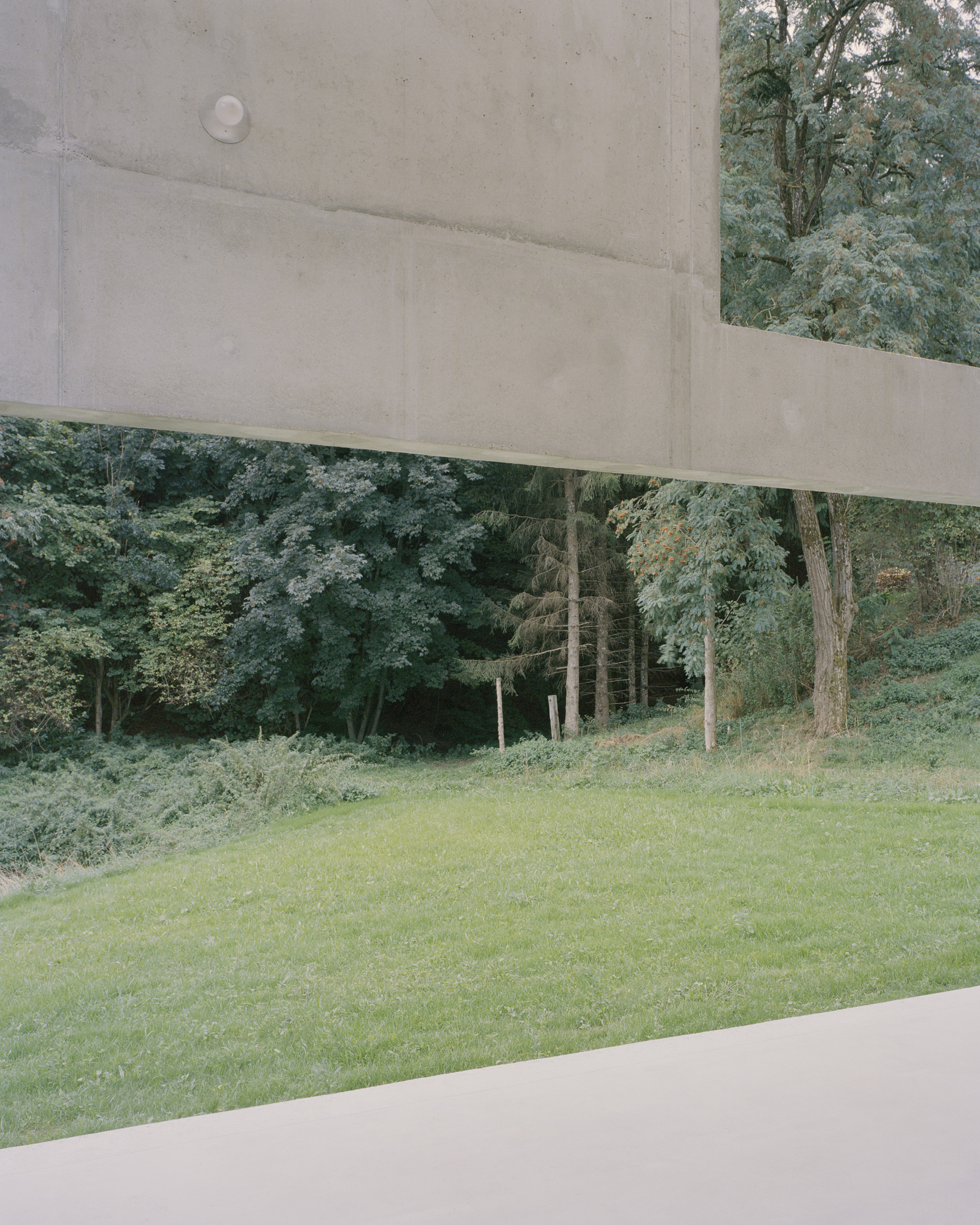
197917020009 001
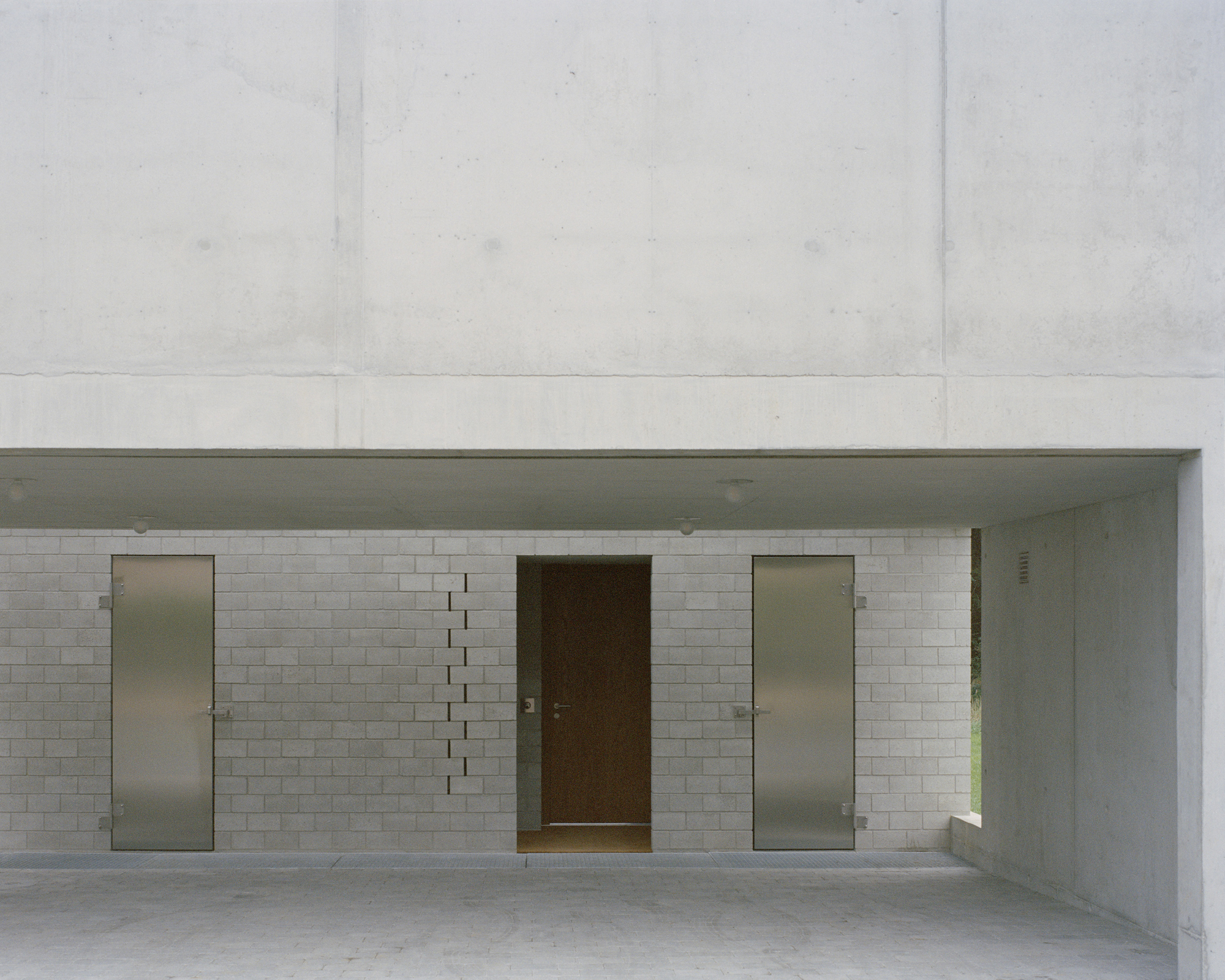
VD_rescan 001
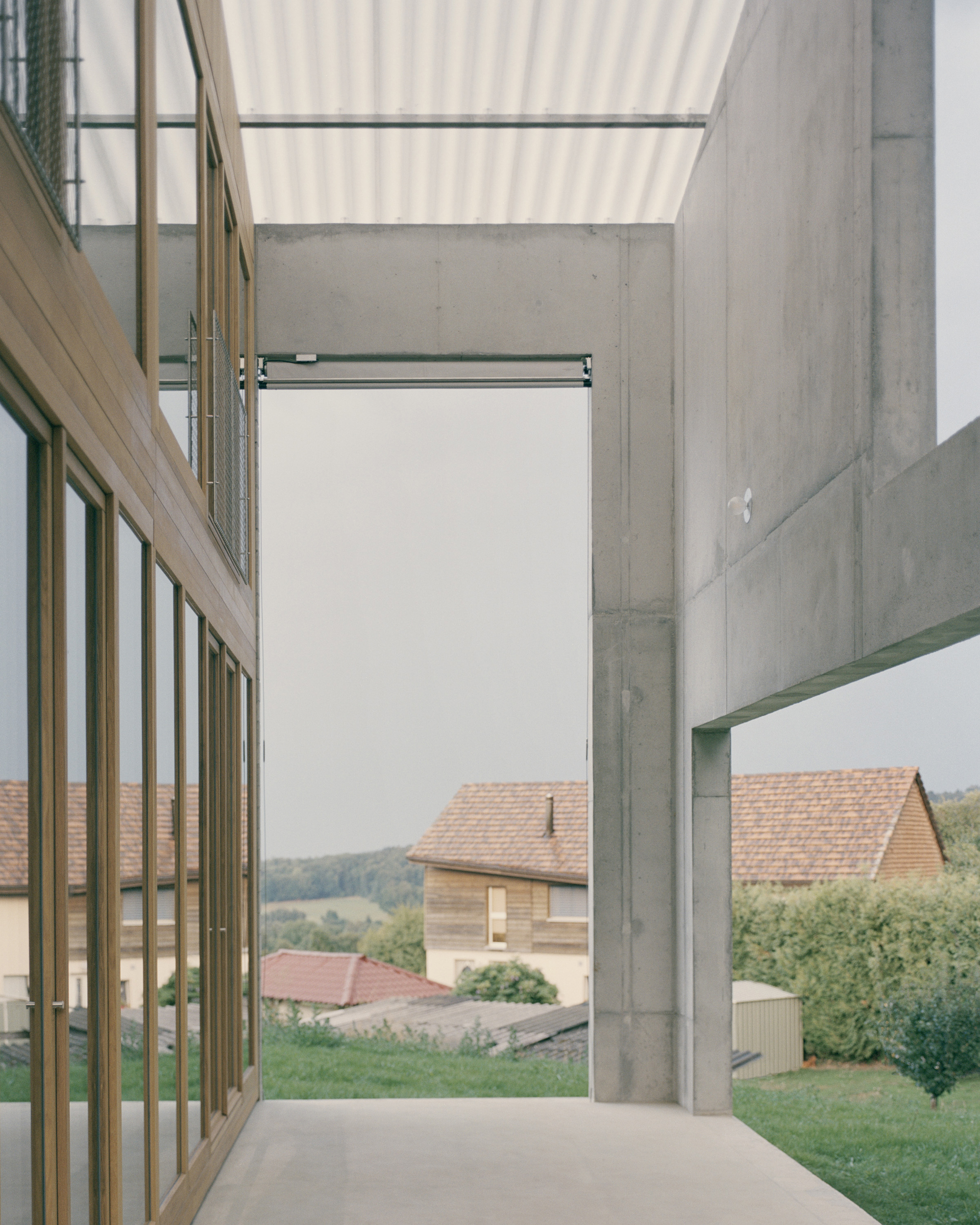
197917030008 001

rory 003
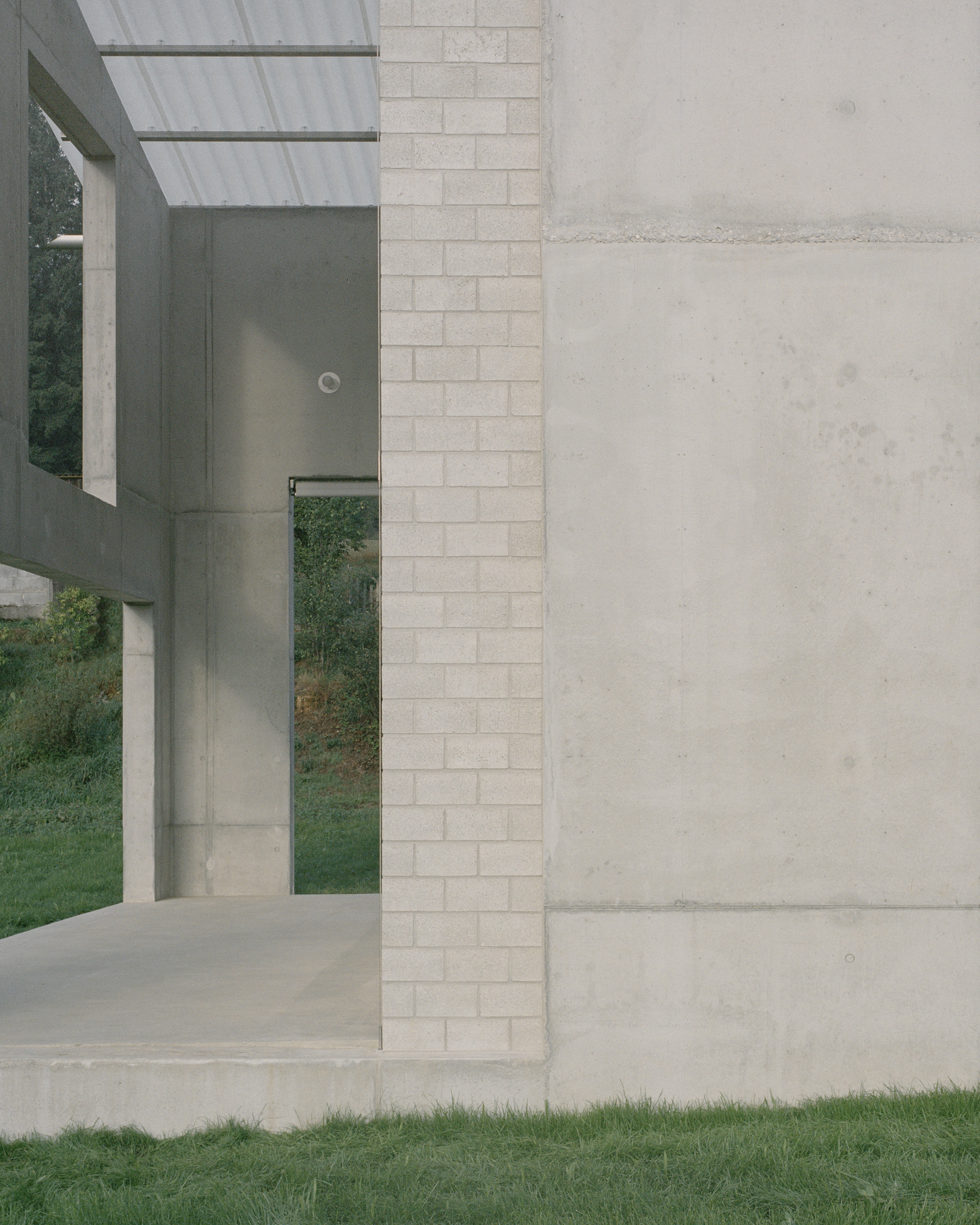
197917060007 001
The design language of the rural surroundings extends to the construction of the house. Many rural constructions in the area, such as brick storage buildings and simple metal-covered henhouses, have influenced the project’s pragmatic approach. The plan is straightforward, with an orthogonal construction and windows positioned to optimize interior lighting needs. For instance, the loggia’s roofing becomes a translucent sheet to allow more light into the main living room. The kitchen work plans are designed with stainless steel for enhanced functionality. The off-centered load-bearing wall on the upper floor leads to an off-centered roof, ensuring proper support.
Materials were chosen based on the pragmatism of rural constructions. Concrete serves as the primary envelope, offering protection from weather conditions and long-lasting stability. It envelops both heated and outdoor spaces. Cement bricks complete the envelope, defining the heated portion of the house and establishing a sense of unity between the inside and outside. The execution of the project is straightforward, with limited layers. Mineral-based insulation, applied as a single layer, is akin to building a brick wall and doesn’t require a vapor barrier due to its humidity-diffusing capabilities. The ground floor features a sanded concrete slab, serving as the flooring, underfloor heating system layer, and load-bearing structure all in one. Upstairs, clear distinctions between load-bearing elements and wooden flooring and ceiling are achieved through large hollow joints. Each detail drawing is meticulously crafted, seeking constructive truth and honoring the tradition of vernacular constructions.
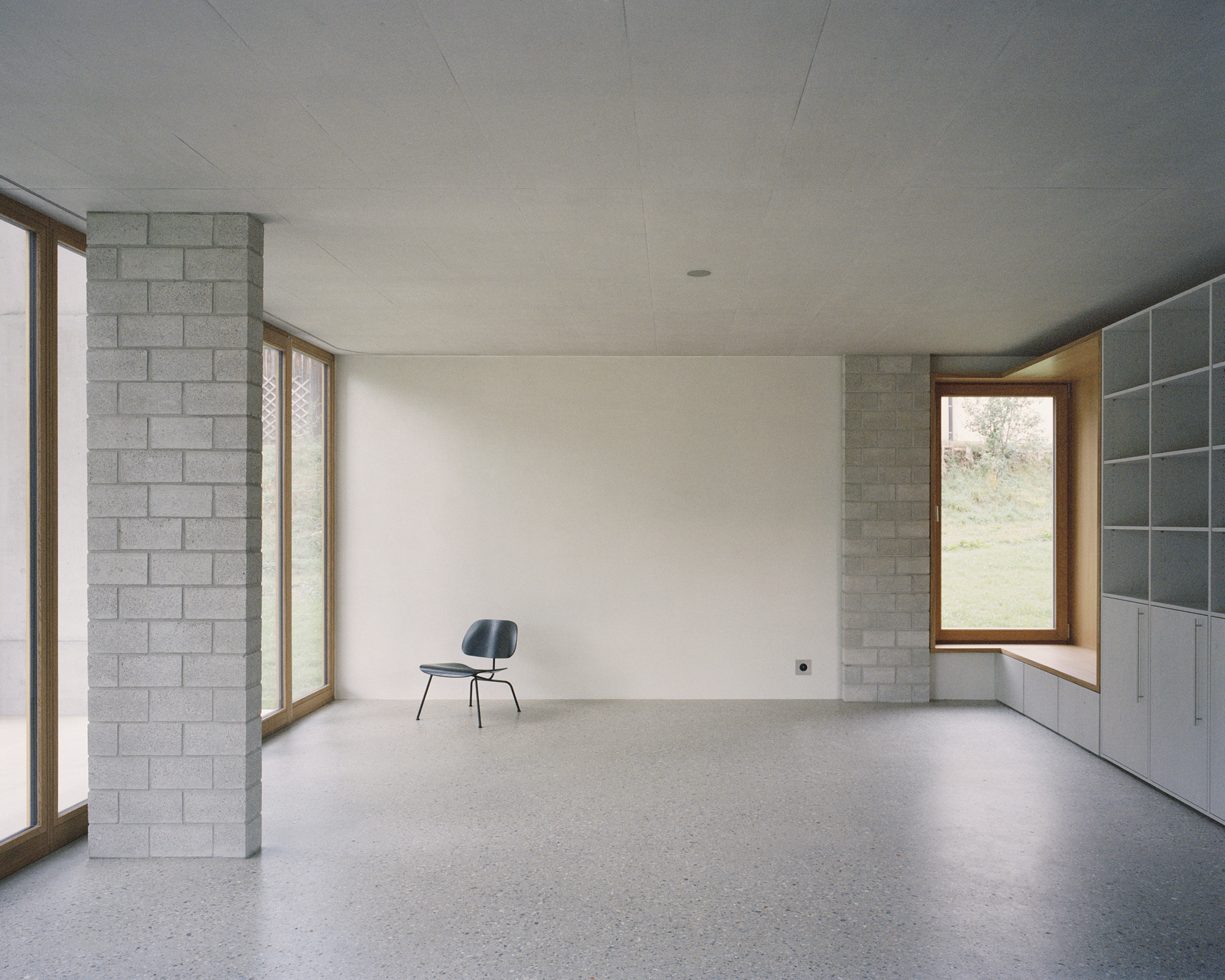
rory 004
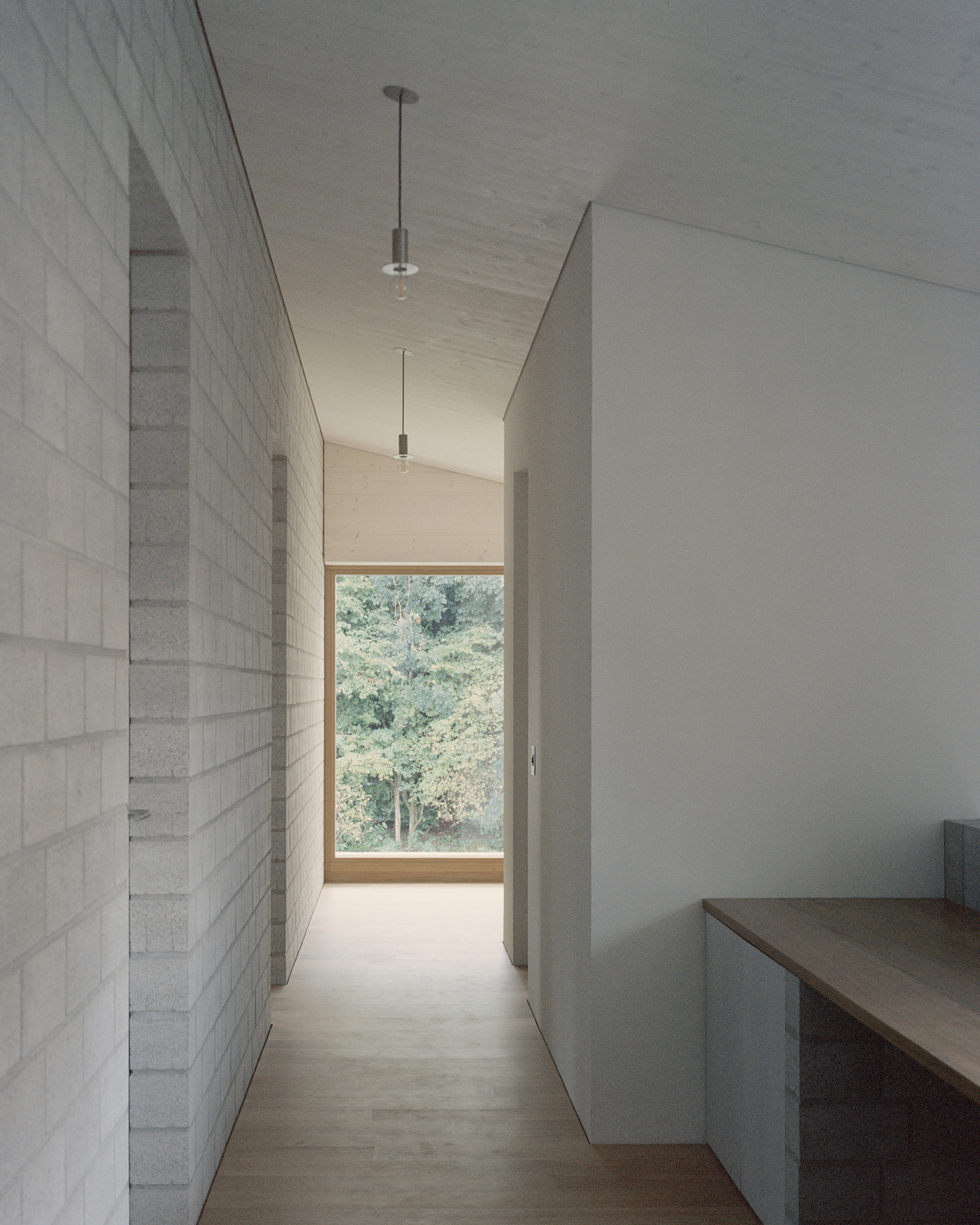
197917030005 001
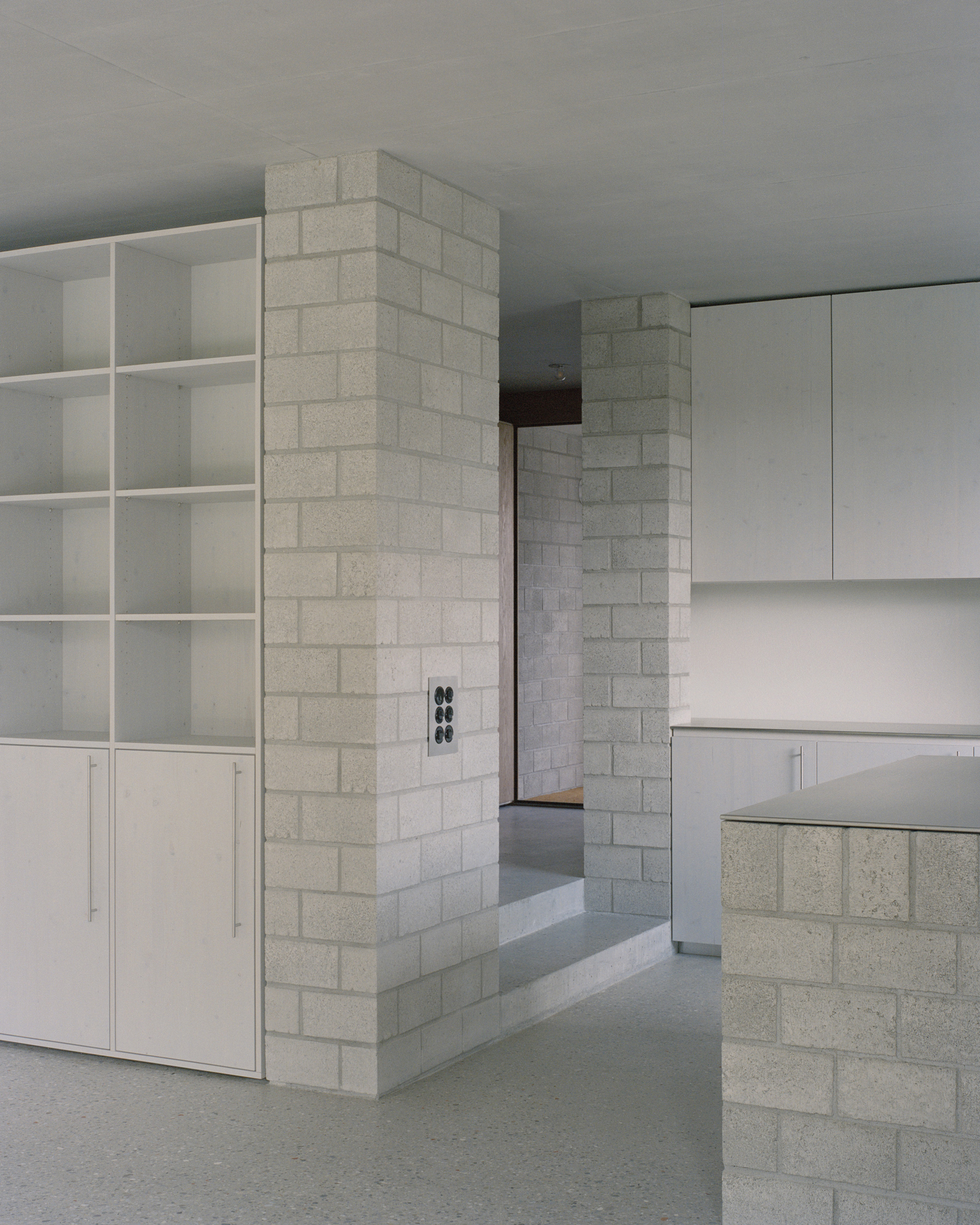
rory 008

rory 006
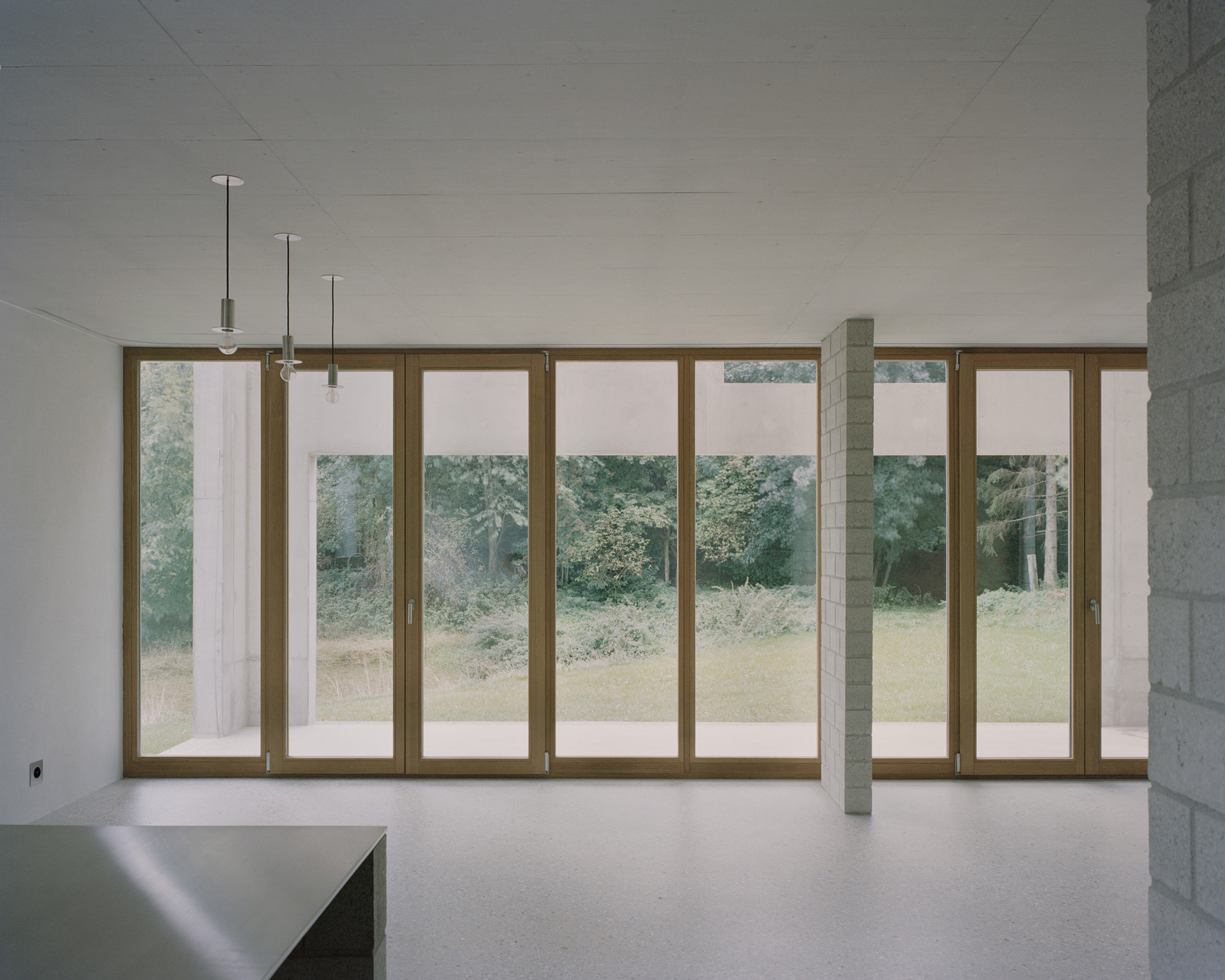
197917030003 001
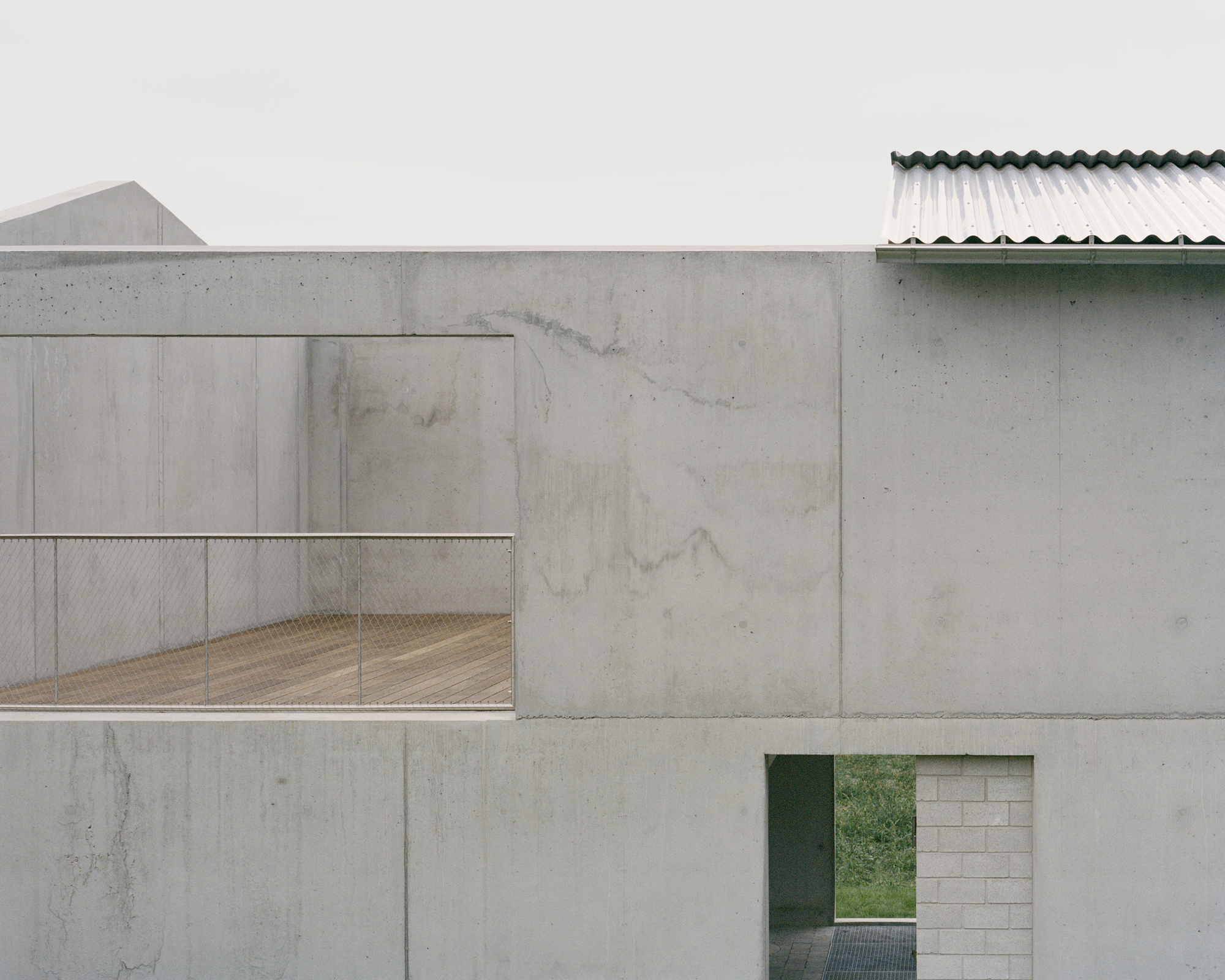
197917010002 001
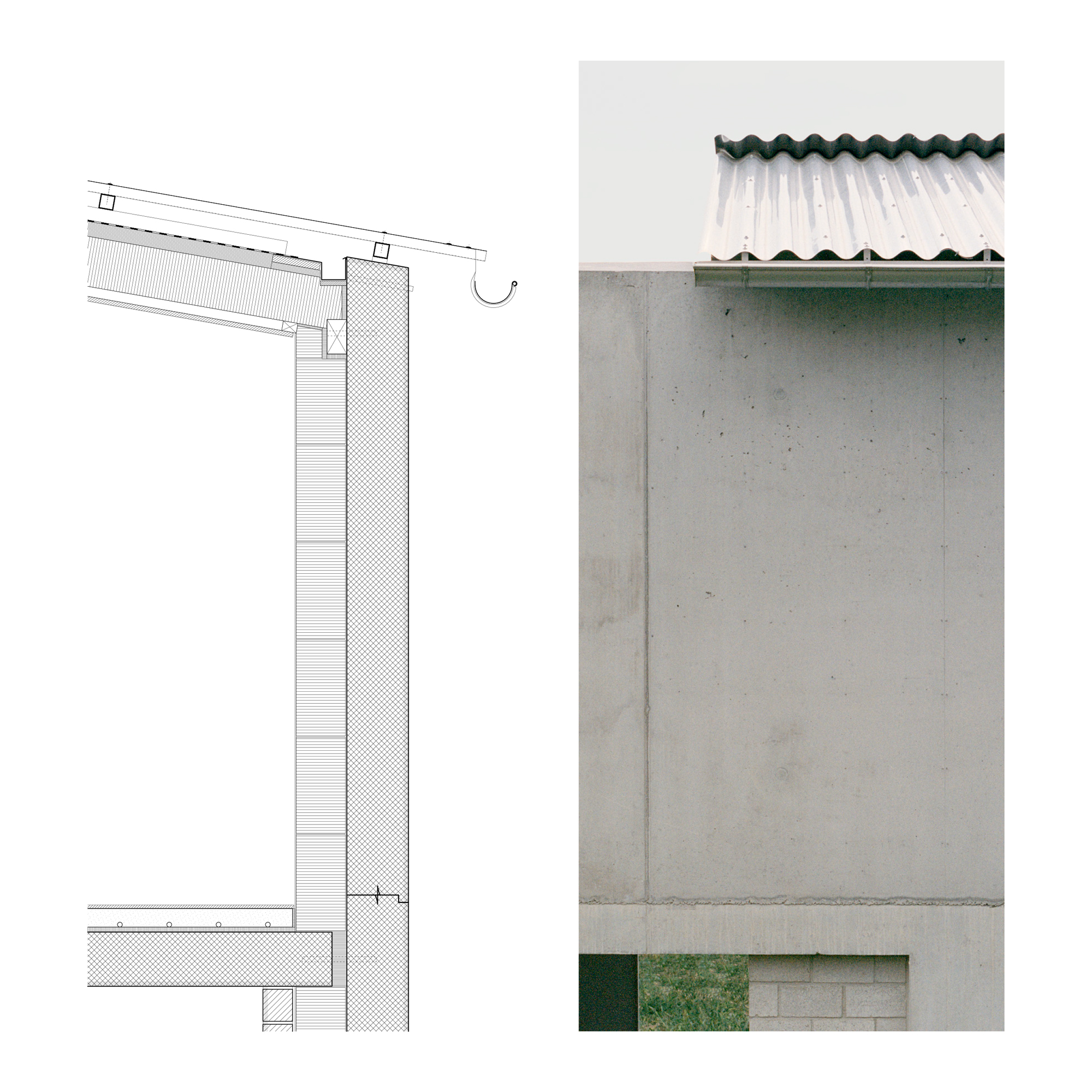
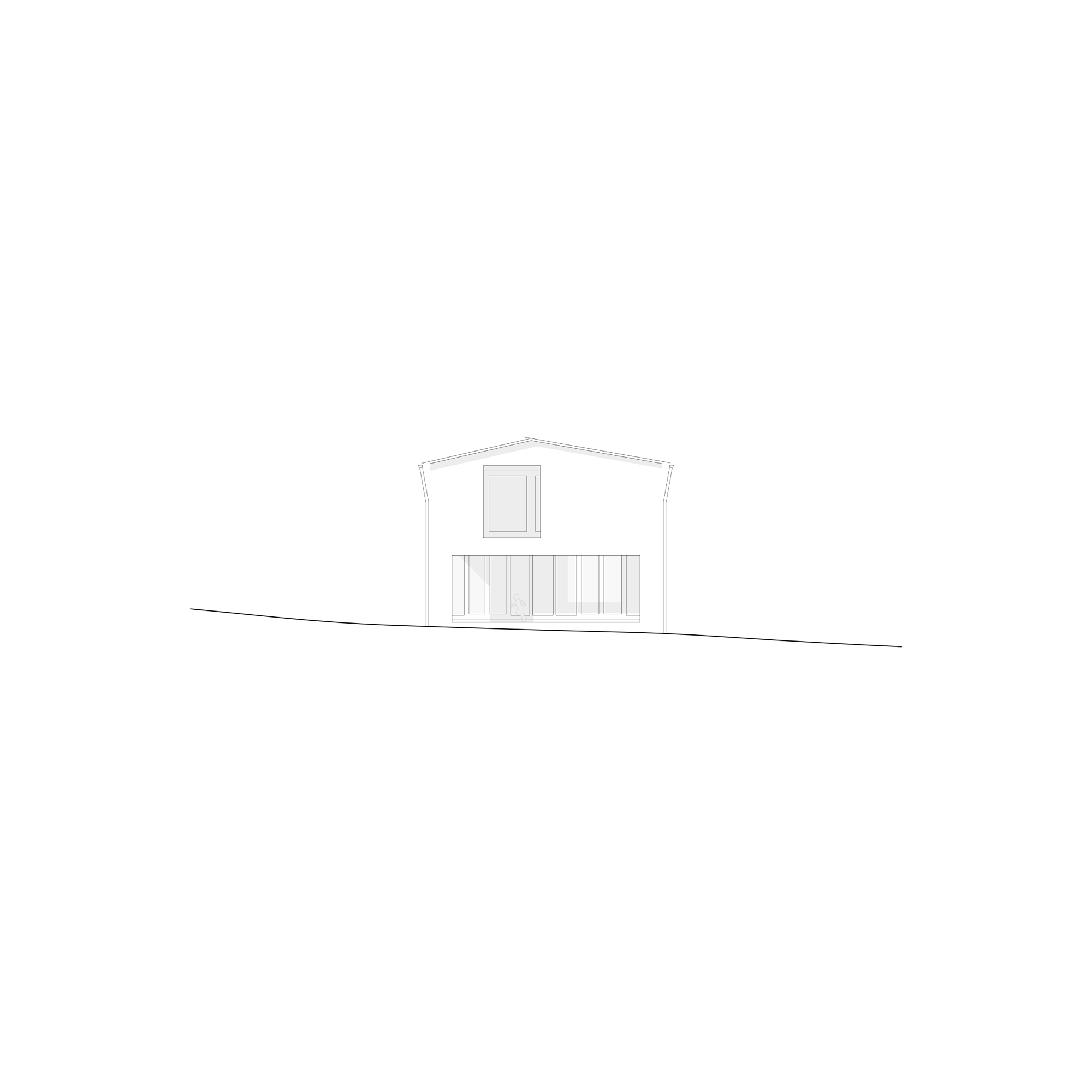
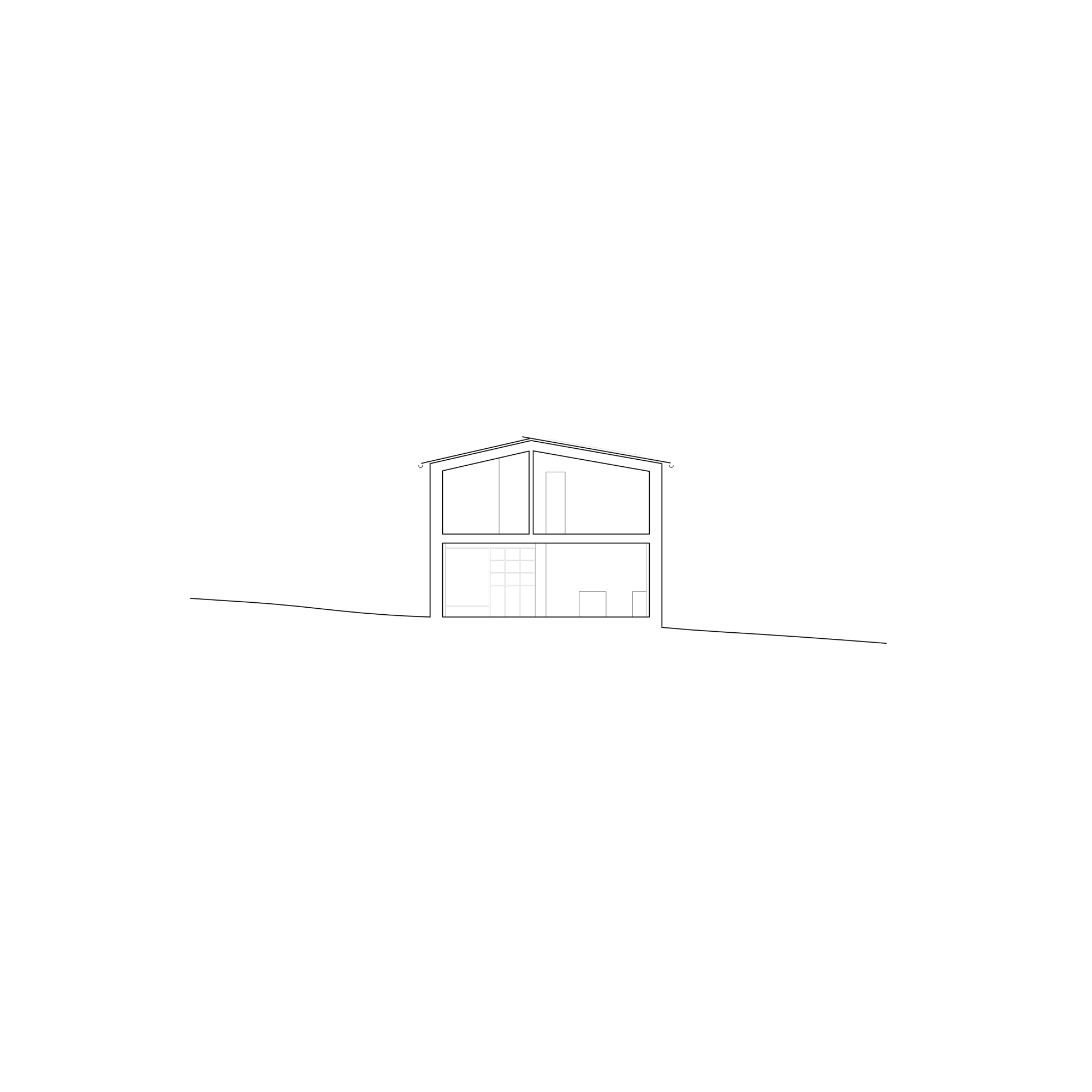
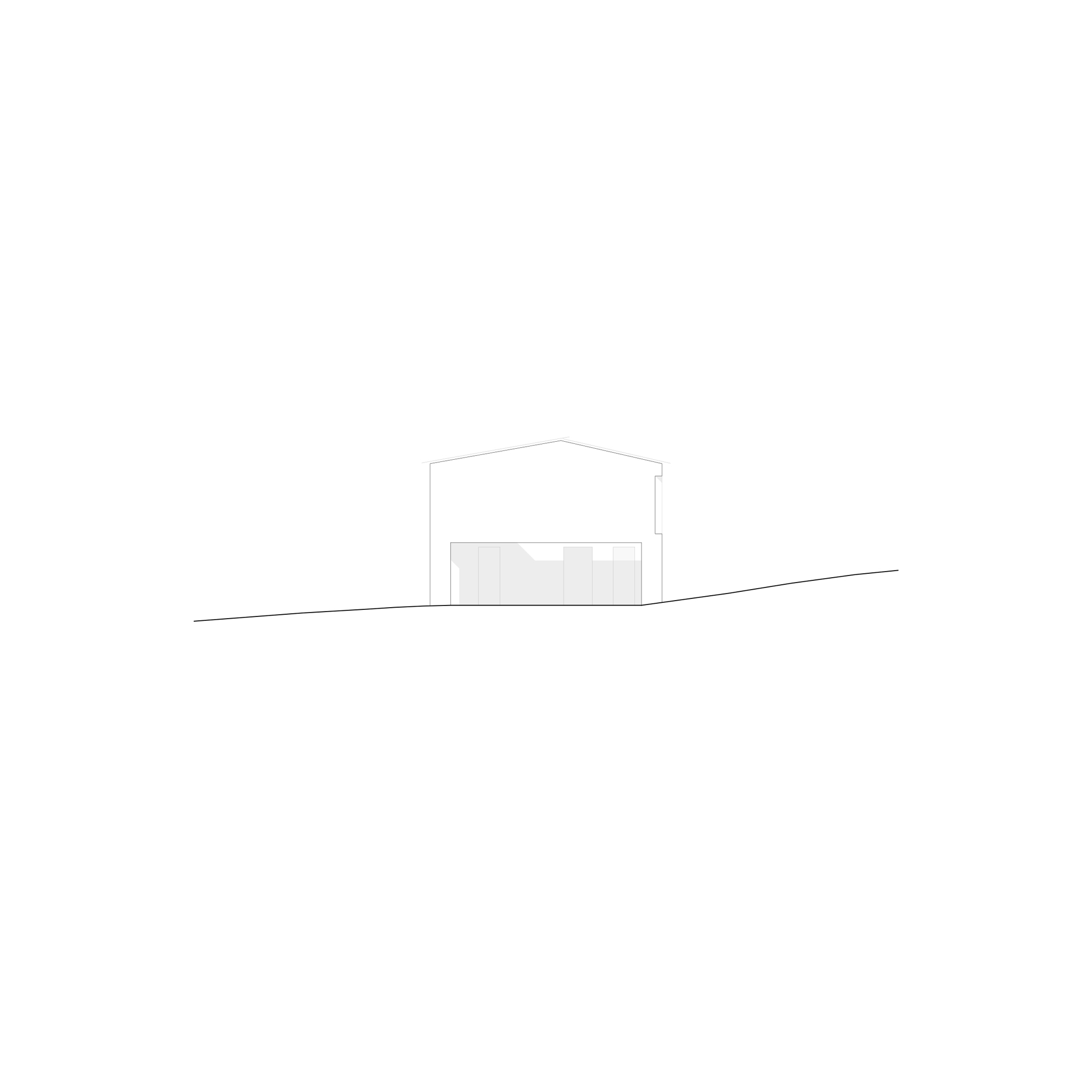
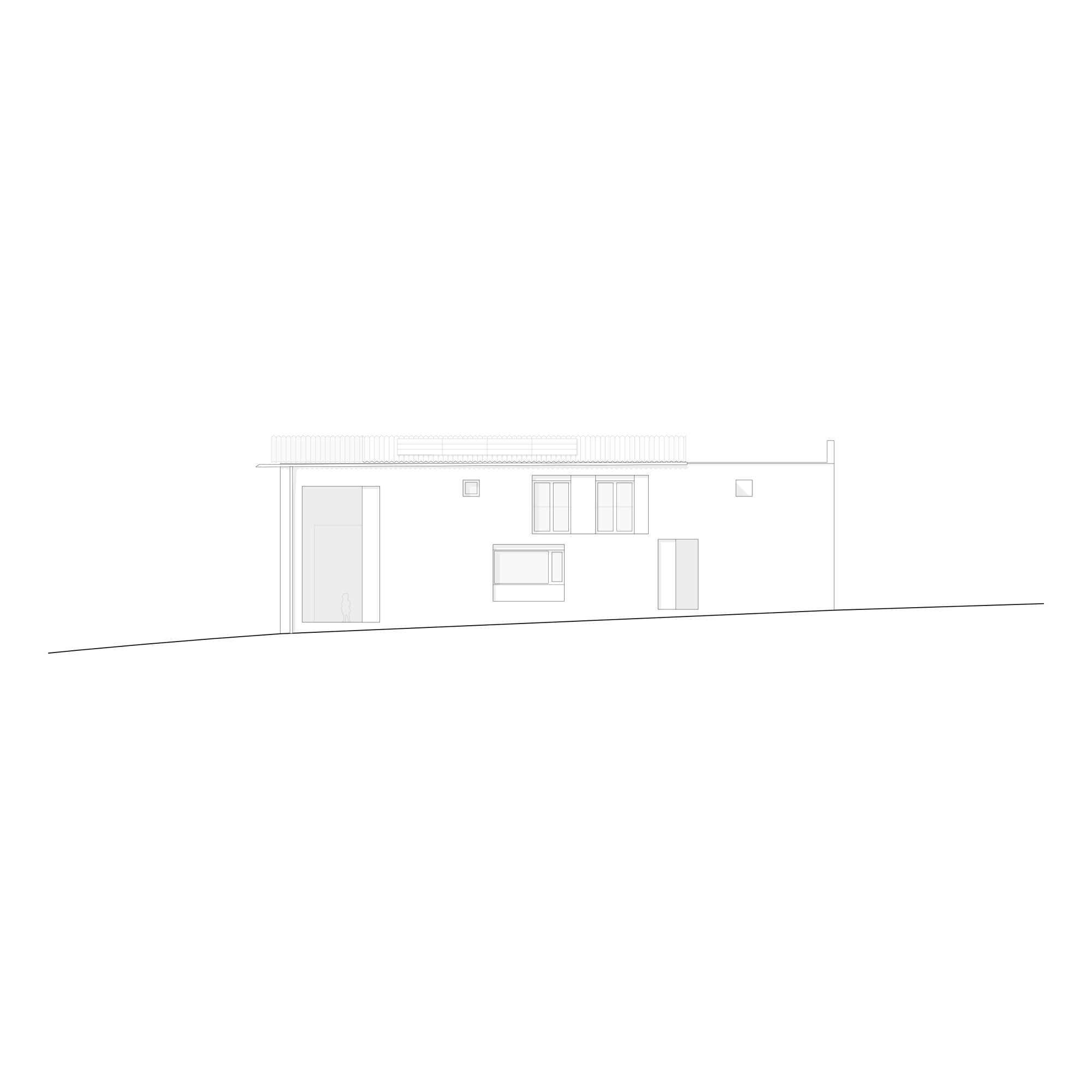
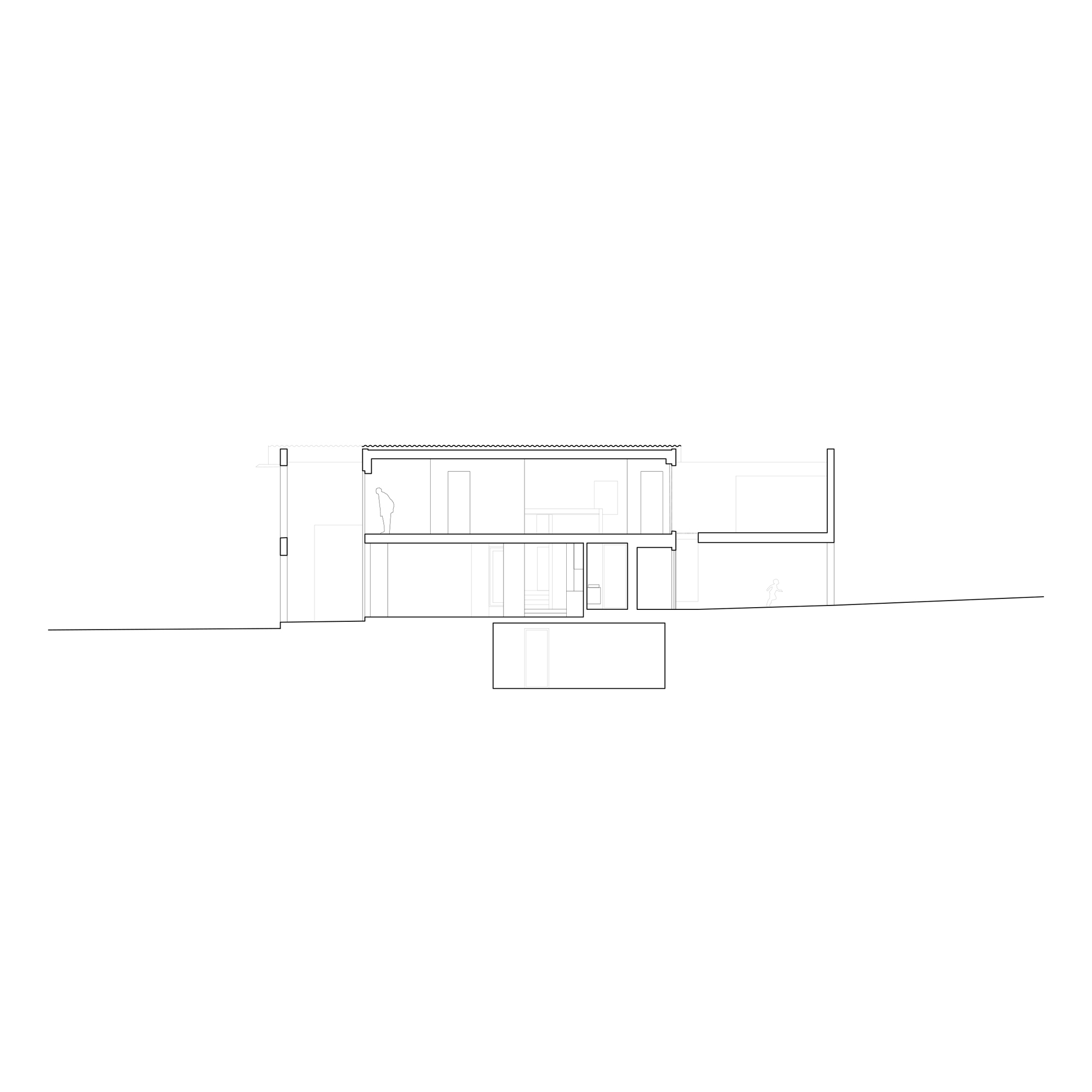
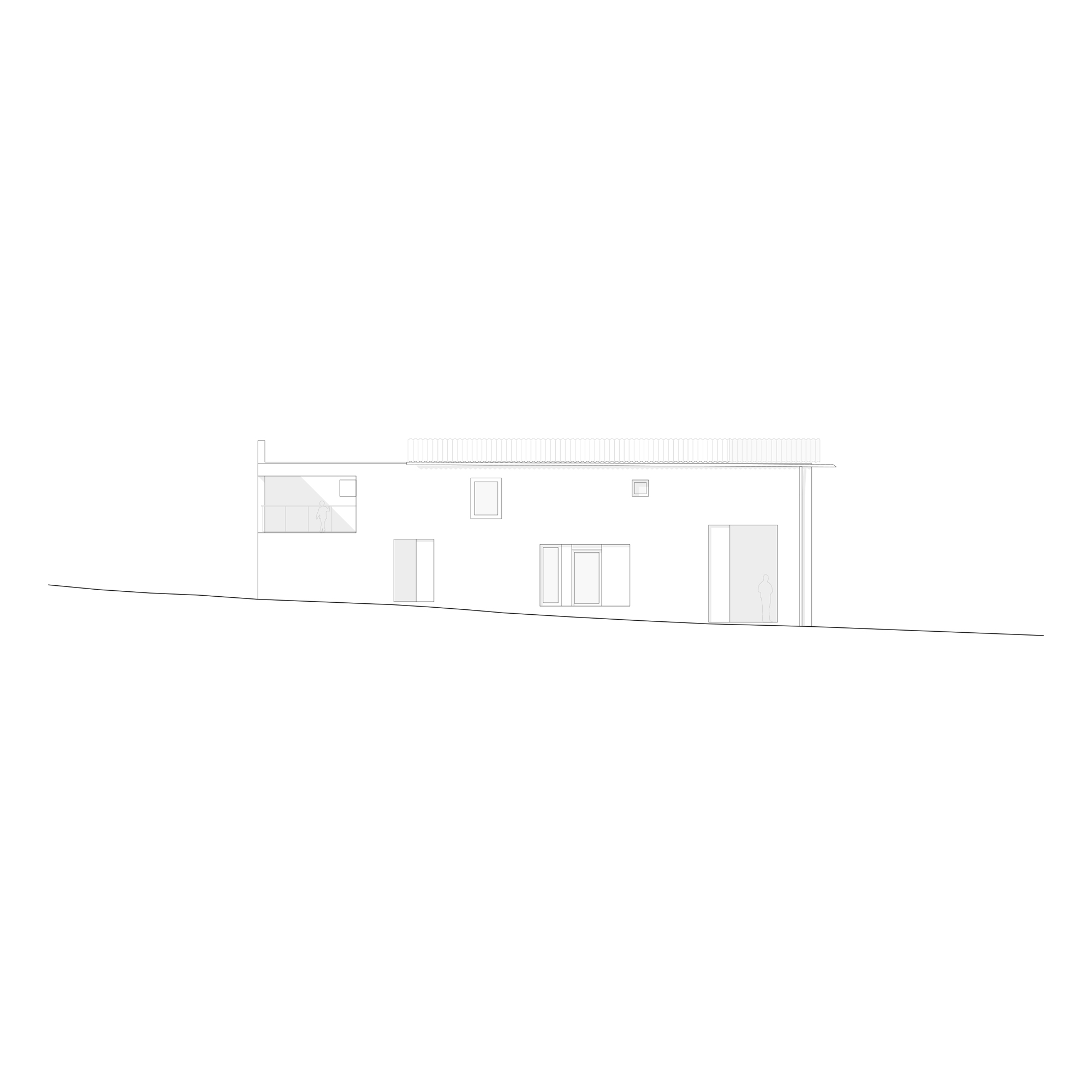
Other projects by Deschenaux Architectes




